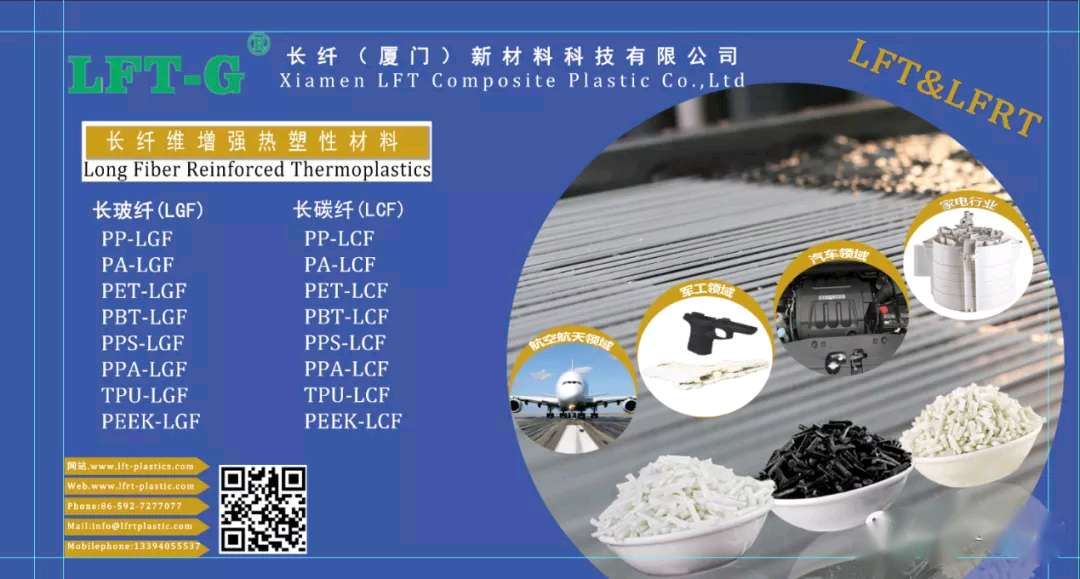novo blog

A estrutura molecular do PPS consiste em anel de benzeno e átomos de enxofre interorganizados, a configuração é ordenada, fácil de formar uma alta estabilidade térmica da estrutura cristalina. Ao mesmo tempo, a estrutura molecular do material PPS tem características de ligação química altamente estáveis, a estrutura do anel de benzeno torna o PPS mais rígido e a ligação éter de enxofre (-S-) fornece um certo grau de flexibilidade.
O próprio PPS tem boa resistência ao calor, retardador de chama, resistência química, deve ser um material promissor, mas existem alguns problemas no PPS puro:
O PPS não modificado tem alguns defeitos inevitáveis:
Processamento difícil: este é o maior problema de todos os materiais resistentes a altas temperaturas - alta temperatura de processamento, independentemente do processo de moldagem ou do consumo de energia de processamento, enfrentará grandes desafios. Além disso, o PPS ainda é propenso à reticulação de oxidação térmica no processo de fusão, resultando em fluidez reduzida e melhorando ainda mais a dificuldade de processamento;
Baixa tenacidade: a cadeia molecular do PPS é rígida, a cristalinidade máxima chega a 70%, o alongamento é baixo e a resistência da soldagem não é tão boa. Como resultado, a resistência ao impacto do PPS não modificado é fraca, o que limita o âmbito de aplicação.
Alto custo: matérias-primas PPS e plásticos de engenharia em geral comparados, o preço é cerca de 1-2 vezes maior e alguns materiais modificados em comparação com desempenho de baixo custo;
Revestimento difícil: resistência química, resistência média também é uma faca de dois gumes, o revestimento de superfície PPS e o desempenho de coloração não são ideais. Embora este não seja um grande problema por enquanto, é um fator limitante.
O PPS não modificado é difícil de aplicar, portanto, se for modificado, qual direção deve ser alterada?
Nos últimos anos, com a popularidade do 5G e dos veículos elétricos, a aplicação de PPS modificados está em constante expansão, como suporte de bateria, placa de cobertura, diafragma de bateria de lítio, equipamento de comunicação 5G, terminal inteligente e assim por diante.
Fortalecer e endurecer
PPS atualmente principalmente através de enchimento de fibra e liga duas maneiras de melhorar as propriedades mecânicas.
Além do reforço comum de fibra de vidro, fibra de carbono, fibra de aramida e outros enchimentos também são sistemas de modificação gradualmente populares.
Modificação dielétrica baixa
Para melhorar as propriedades dielétricas dos materiais, a forma de mistura da liga é geralmente usada atualmente. Por exemplo, PPS/LCP, de acordo com a pesquisa, o sistema de liga pode estar em 1MHz, a constante dielétrica ideal até 2,5.
Além das ligas, a carga dielétrica baixa é um dos métodos possíveis. Enchimentos como esferas de vidro ocas e fibra de vidro com baixo dielétrico também podem reduzir efetivamente a constante dielétrica dos compósitos PPS.
De acordo com a pesquisa, a moldagem por extrusão pode reduzir a constante dielétrica abaixo de 3, e o desempenho elétrico é estável em 40-120°C. Além disso, a resistência e as propriedades dielétricas dos compósitos podem ser melhoradas ainda mais pelo tratamento de acoplamento de superfície.
Modificação da condutividade térmica
Nos cenários de aplicação de novas baterias de energia para veículos ou de alta frequência 5G, uma boa resistência ao calor dos materiais não é apenas necessária, mas também certos requisitos são apresentados para a condução de calor. No entanto, a condutividade térmica do PPS em si é fraca, geralmente inferior a 0,5 W/(m·K).
Atualmente, o principal uso de metal e enchimento inorgânico é de duas maneiras. O enchimento metálico pode melhorar a condutividade térmica, mas também reduzir o desempenho do isolamento.
Enchimentos inorgânicos, incluindo óxidos, nitretos, materiais de carbono, etc. PPS/óxido de magnésio é a escolha principal, que pode aumentar a condutividade térmica do material para 1,61W/(m·K);
O nitreto é mais complexo em preparação e tecnologia, mas também possui maior condutividade térmica. A condutividade térmica do compósito de nitreto de boro a 40% pode atingir 4,15 W/(m·K).
Grafeno, CNT e outros materiais de carbono também são a escolha para modificação da condutividade térmica PPS. Um bom equilíbrio pode ser alcançado entre a quantidade de adição e a condutividade térmica. Por exemplo, a condutividade térmica do compósito pode atingir 4,414 W/(m·K) com a fração volumétrica de 29,3% de grafeno.
Modificação da membrana composta
Para o mercado de diafragma de bateria de lítio, o PPS também está sendo aplicado.
Anteriormente, o material de diafragma comumente usado era a poliolefina, mas a infiltração de eletrólitos e a estabilidade térmica dos materiais de poliolefina são relativamente pobres e é fácil produzir encolhimento e fusão em alta temperatura.
A resistência química e a resistência ao calor do material PPStambém têm algum potencial para modificação. Atualmente, o método principal é revestir a superfície do diafragma PPS para preparar o diafragma composto.
Este método tem sido gradualmente aplicado desde a pesquisa acadêmica até a indústria. O tecido não tecido PPS é usado como material de base e o PVS é usado como material de revestimento. Após o revestimento físico, secagem e tratamento de prensagem a quente, o diafragma composto de bateria de lítio não tecido PVS/PPS é preparado.
Em comparação com as membranas de poliolefina tradicionais, o PVS/PPS pode garantir melhor molhabilidade, embora a espessura seja aumentada e a capacidade específica de descarga seja maior do que a das membranas de poliolefina.

Especialistas técnicos 24 horas on-line para fornecer serviços para você.